Panasonic Lumix S 24-60mm f/2.8 Review: A Sensibly Priced, Compact Zoom

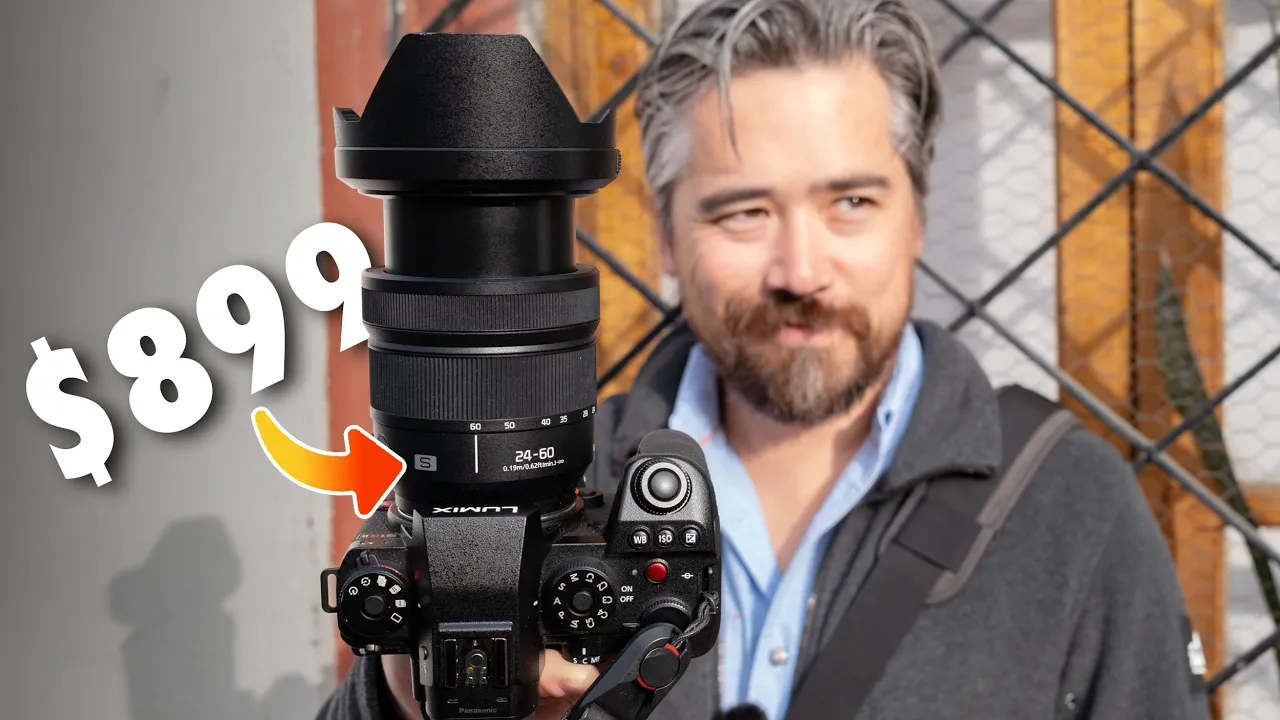
Who can afford an L-mount, general-purpose f/2.8 professional lens anymore? Turns out, a lot more people will have this opportunity with the launch of the new Panasonic Lumix S 24-60mm f/2.8.
In a time when lenses and camera bodies seem to be getting more expensive, Panasonic found a way to provide professional results for only $899. Make no mistake, the S series lenses are the best that Panasonic has to offer, but to make an f/2.8 lens for under $1,000, something has to give.
anasonic Lumix S 24-60mm f/2.8 Review: How It Feels
I see a lot of merit in this lens as a handy travel companion because of its smaller size and minimal 19.2 ounces (544 grams) weight. The lens is noticeably shorter than the 24-70mm f/1.8 S lens and stows much more compactly in a camera bag as a result. The front filter threads are still 77mm which is typical of most f/2.8 pro lenses.

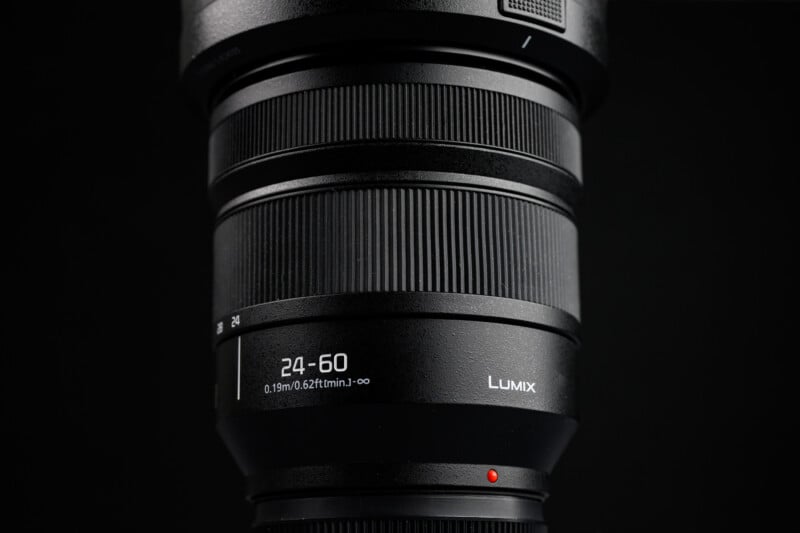
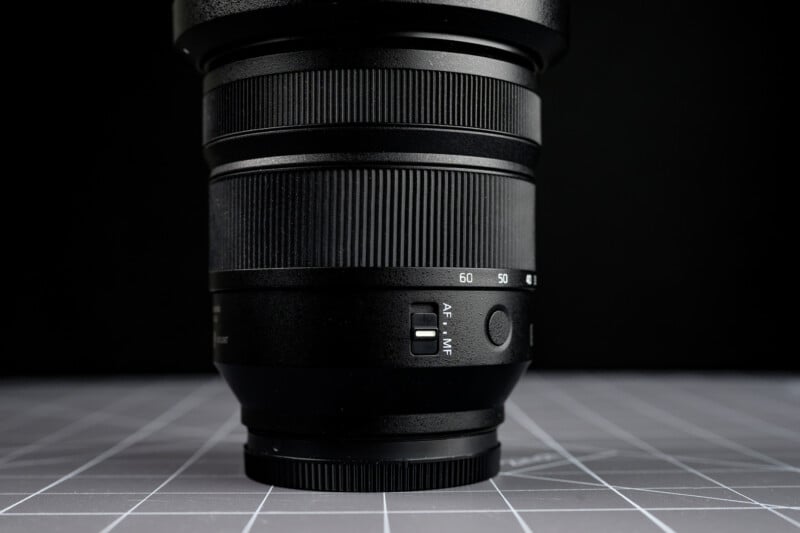
The manual focus ring itself is somewhat sloppy feeling and does not have the push/pull clutch mechanism of the 24-70mm lens. There is a custom button on the body of the optic and you do also get a manual focus selector switch, though. The 24-60mm f/2.8 is fully weather-sealed as per all S series lenses and although it is lightweight, the lens feels like a solidly built tool. Obviously, we are giving up 10mm from the telephoto range and I often find myself wanting a little more reach when using a 24-70mm lens. As minor as the difference is, I have to admit that I noticed the even shorter reach of the 24-60mm and found it wanting. If taking a supplementary telephoto lens, this will be a nonissue, but otherwise, you are using your legs to get closer.
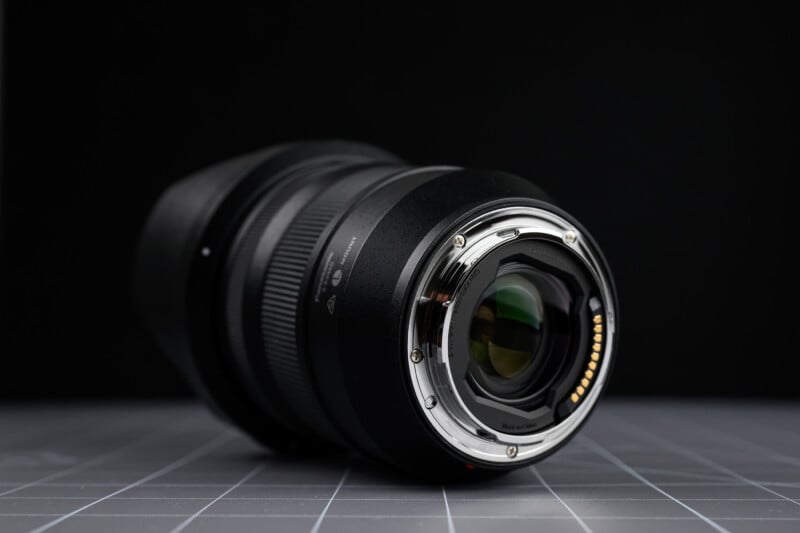
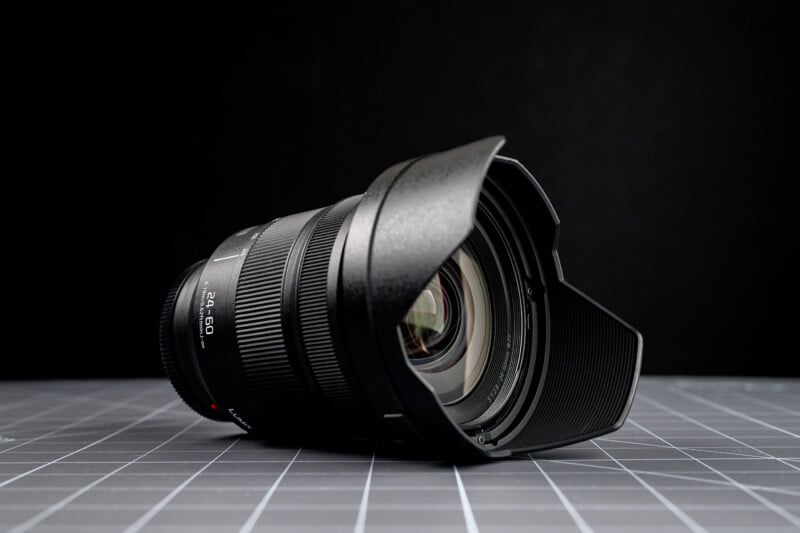
Panasonic Lumix S 24-60mm f/2.8 Review: How It Shoots
The 24-60mm lens performs in the field quickly and quietly thanks to its dual linear autofocusing motors. I never found the lens failing to keep up with the action on the streets. You only get around a 1:3 life-size reproduction ratio for macro shots but the distance from the sensor plane is just over seven inches so there is enough room to work.
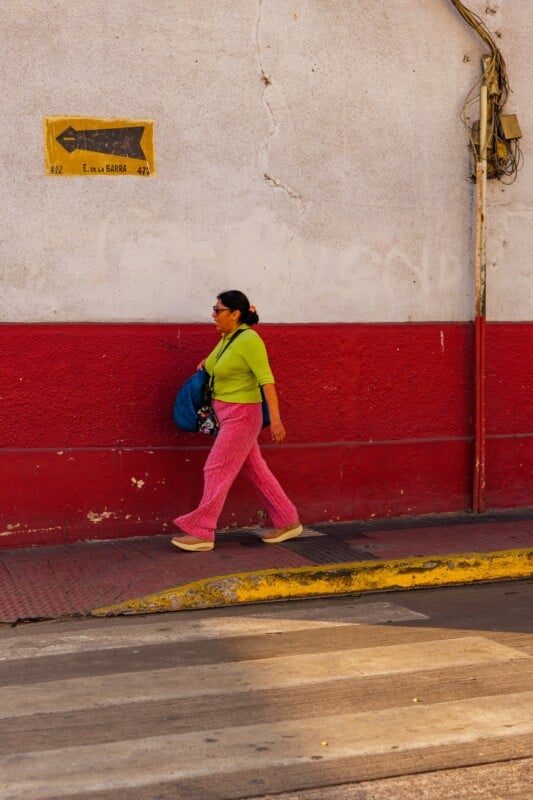
I had an opportunity to shoot this lens above the cloud layer at the many observatories dotted around Chile. I can’t think of a better situation to test flare and the sun was certainly intense. The Panasonic coatings did a great job at preventing the lens from washing out but there is some ghosting noticeable at f/2.8. Stopping down the lens makes the ghosting even more apparent, but the results are within average levels. Forget about trying to capture sun stars with drama, however. That is not this lens’ forte.



Panasonic lenses often prioritize good video performance, given that the company’s core strength is videography. Often, the S series lenses have minimal lens breathing, which is an undesirable tendency for the field-of-view of the lens to change while focusing the lens. This new 24-60mm controls lens breathing very well with almost none at the 60mm range and only a small amount at 24mm.


I used the 24-60mm lens on a Panasonic S1R II to really push the sharpness with that high-resolution 45-megapixel sensor. At 24mm the lens is excellent in the center of the image and sharp all the way through its aperture range. The corners have a touch of softness at 24mm but these sharpen up when the aperture is closed down a bit.
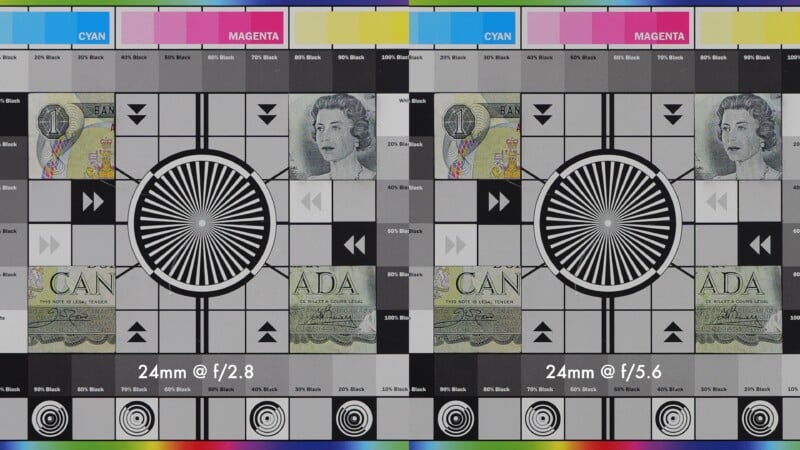


At 60mm, the sharpness is excellent at f/2.8 in the center of the image. There isn’t much improvement at f/5.6. However, the corners at 60mm are markedly worse than at 24mm. The blurriness is obvious at f/2.8 and stopping down to f/5.6 helps, but those corners never really sharpen up. This lack of sharp corners is arguably tolerable at the telephoto range where most compositions will focus on the central part of the image but this is one area where the lower cost shows.


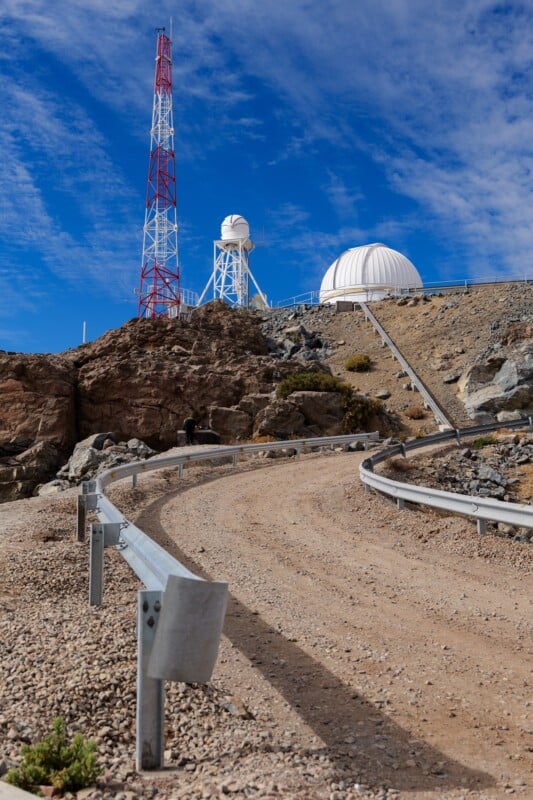
Another area where the lower price shows up is in the bokeh of this lens. Specular highlights have onion rings and a strong soap-bubble halo around them. This tends to make out-of-focus background harsh and distracting. The aperture opening itself is quite round in shape and I would say that the bokeh is fairly average-looking. But clearly, the cost savings apply to the rather pedestrian bokeh and this is one major difference between the 24-60mm lens and more expensive offerings.

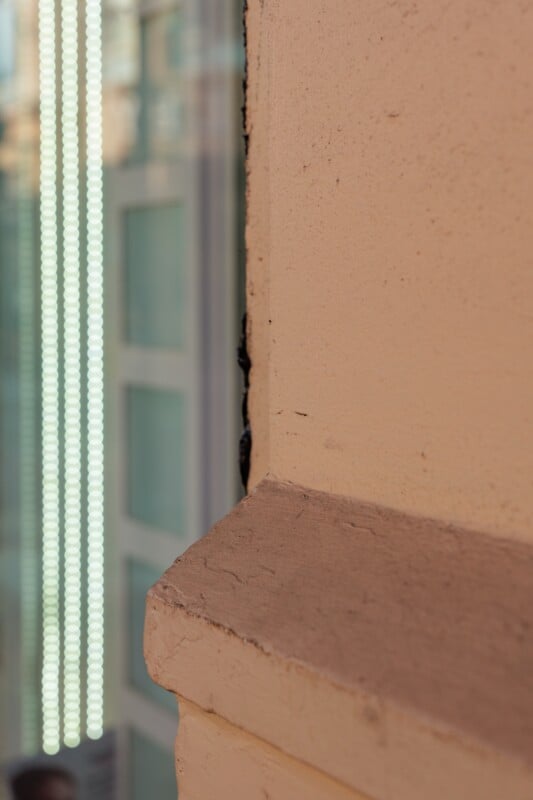

Panasonic Lumix S 24-60mm f/2.8 Review: Light on the Weight and on the Wallet
I find the Panasonic Lumix S 24-60mm f/2.8 to be excellent value for the dollar. Sure, it has some softer corners at the telephoto range and middling bokeh but it also gives you a compact, lightweight travel lens that delivers sharp results at f/2.8. If travel and destination photography is a passion of yours, this lens will provide professional quality with a healthy dose of convenience. If you want a well-built lens for general-purpose photography and you need the faster f/2.8 aperture, this lens will give you the goods at a very low price.
![]()
![]()
![]()
Are There Alternatives?
The Lumix S 24-70mm f/2.8 is vastly more expensive and has some conveniences aimed at the hybrid video shooter. The Sigma ART 24-70mm f/2.8 isn’t as compact and is slightly more expensive, but it does give you slightly better image quality across the board.
Should You Buy It?
Yes. Performance at a low price is hard to come by nowadays, especially when it comes from a first-party manufacturer. This lens is a compact bargain worth consideration.
Source link




